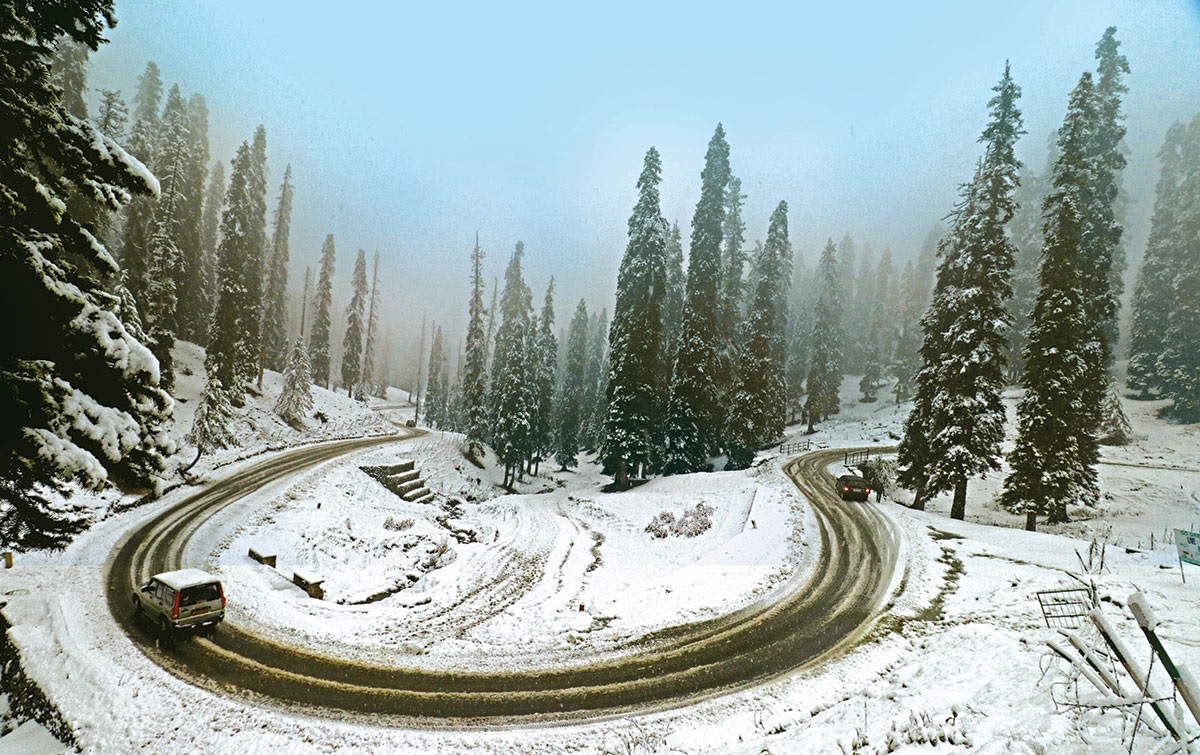By: Shams Irfan

While we are busy turning our tourist spots into concrete jungles at an unmatched pace and setting bad example for our next generation, a relatively new tourist destination in South India is teaching its citizens and lawmakers the lessons of Responsible Tourism [RT].
Kerala, the god’s own country, where tourism sector is growing at an average of 13.31 per cent per annum engages every citizen in the development of the state’s tourism infrastructure.
During early eighties, the flow of tourist in Kerala was limited to only a few northern parts of the state, rest remained unexploited till tourism department and the government of Kerala sat down and formulated a long term policy to promote the entire state as a viable tourist destination.
After aggressive marketing and building of necessary infrastructure in areas like Munnar, Alappuzha, Kovalam, Idukki and Idukki, the flow of both domestic and international tourist started to gain momentum. With around 100 million domestic and international tourists visiting Kerala every year it has long ago surpassed Kashmir as a favorite tourist destination in India.
While in Kashmir during the last two decades, famous tourist destinations like Gulmarg, Pahalgam and Yousmarg saw rapid concretization as big commercial hotels and hutments were build by influential people within the high priority protected zones like pine forests and wildlife sanctuaries. Even the highly fragile C-16 Mammal Wildlife Sanctuary was put under permissible zone, where constructions are allowed, in now controversial 2006 Master Plan to benefit the land mafia, bureaucrats, politicians and big business owners who all now own properties in Pahalgam.
The illegal construction was done by clearing large parts of lush green forests including the picturesque pine trees. And the saddest part is that these felled pine trees were used for construction of these illegal structures in these prohibited zones.
On various occasions, a number of non government organizations [NGO’s] and some independent environmentalists tried to raise their voices against the increasing presence of humans in these protected areas of Pahalgam, Gulmarg, Yousmurg and other such famous tourist destinations where the very existence of wildlife and ecology is under threat.
But, the lawmakers, who have huge investments in Pahalgam and other such places try hard to suppress any such efforts by environmentalist to un-do the damage done to ecology. They instead prefer to shield the encroachers.
A decade back, only a few hotels were found in Pahalgam vicinity, that too away from fresh water body of Lidder stream, which cuts through the green meadows of this tourist hot-spot in Kashmir. Now, the entire Lidder bank is dotted with concrete structures that shamefully drain their day-to-day waste into the stream.
The recently framed Master Plan of Phalagam allows construction of hotels and structures at a distance of 150 feet from the Lidder stream. But, people with both money and muscle power even do not respect this law too, which environmentalists feel is made to benefit violators only.
On the other hand, Kumarakom district in Kerala is a fine example of how we should be preserving our heritage and environment while keeping the flow of tourists intact. Kumarakom is one of the most visited tourist location in Kerala which is famous for its backwaters; marine and freshwater fish species; and bird sanctuary; has successfully managed to preserve environment while keeping in view the infrastructure needs of the tourists.
“We categorically told big players in hospitality sector who came here to invest in Kumarakom that no construction would be allowed at the cost of environment,” said U.V Jose director Kerala Institute of tourism studies.
The state has aggressively promoted eco tourism initiative throughout the state so that every citizen takes responsibility in preserving the environment. With 7 per cent of the total GDP dependent on the flow of tourist, the Ministry of Tourism in Kerala is considered to be strong as it can influence the government on various policy making matters.
In 1973, save Silent Valley campaign was launched by locals to stop state government from constructing a controversial hydro electrical project in the core of the Nilgiri Biosphere Reserve.
The campaign gained momentum only after local Panchayat leaders and environment activists created a mass movement that finally made government to abandon the project. The place was later turned into a National park. “Two decades back one-third of the Mannarkkad was under green forests cover. Since then, the green cover has grown at a steady pace rather than shrinking,” said Jose.
In Kashmir forest land, water bodies, protected wild life sanctuaries are shrinking at an alarming rate. But nobody seems to be concerned as government is more concerned in obliging the wealthy and well connected.
Writer was on a Press Information Bureau organized media exchange tour to Kerala.















